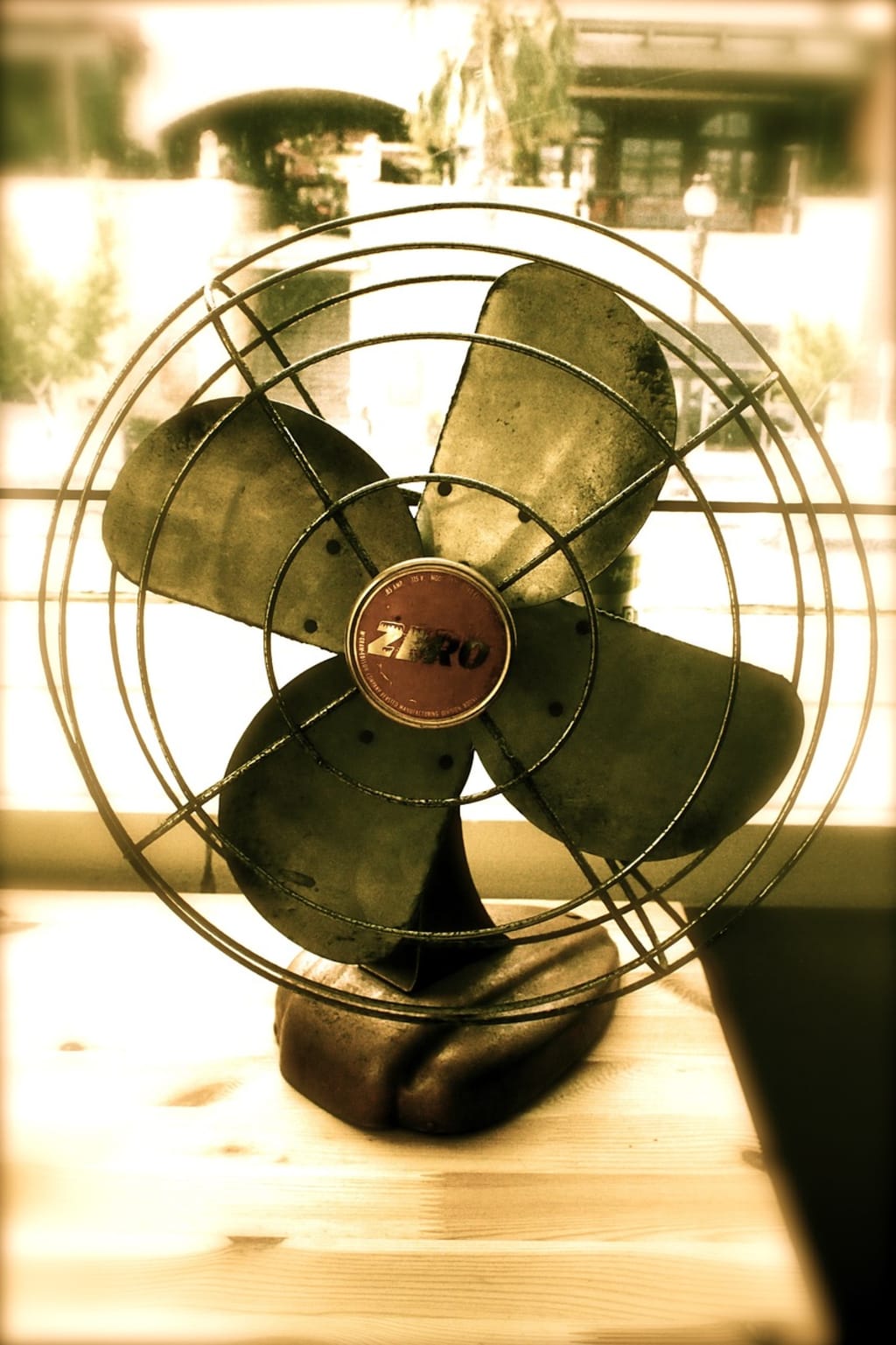Revitalizing Your Ride: The Ultimate Guide to Flushing Coolant and Boosting Your Car's Performance
Maximize Engine Efficiency and Preserve Longevity with Expert Tips on Flushing Coolant - Your Path to a Revitalized and Reliable Ride!

What is Coolant?
Coolant, also known as antifreeze, is a vital fluid that plays a crucial role in regulating the temperature of your vehicle's engine. It is a specially formulated liquid designed to absorb and dissipate heat, preventing the engine from overheating. Coolant consists of a mixture of water and additives, such as ethylene glycol or propylene glycol, which enhance its properties.
The primary function of coolant is to transfer heat away from the engine by circulating through the cooling system. As the engine operates, coolant absorbs heat generated by the combustion process and carries it to the radiator, where it is cooled down. This cooled coolant then returns to the engine, completing the cycle. In addition to its cooling properties, coolant also provides protection against freezing in cold temperatures and corrosion within the cooling system.
It is important to regularly check and maintain the coolant level and quality in your vehicle to ensure optimal engine performance and prevent potential damage. By maintaining the correct coolant mixture and replacing it at recommended intervals, you can safeguard your engine, maximize efficiency, and prolong the life of your vehicle.
Introduction
Regular vehicle maintenance is crucial for optimal performance and longevity. One important aspect is flushing the coolant system. Over time, coolant can accumulate impurities that hinder engine performance. This article presents a detailed guide on how to effectively flush coolant from your car, ensuring efficient cooling and safeguarding against potential engine damage.
Step 1: Safety Measures
Before starting, ensure your car is parked on a level surface and the engine has cooled down. Gather the necessary tools: a wrench, drain pan, funnel, and fresh coolant. For safety, wear protective gloves and glasses. Consult your car's manual to locate the coolant drain plug and radiator cap, as their positions may vary depending on the vehicle's make and model.
Step 2: Draining the Old Coolant
Find the coolant drain plug, usually situated at the radiator's bottom. Position the drain pan beneath it to catch the old coolant. Loosen the drain plug with a wrench and allow the coolant to fully drain out. After draining, securely tighten the drain plug. Some cars have a coolant drain valve instead, which can be opened by turning counterclockwise. Attach a hose to direct the coolant flow into the drain pan.
Step 3: Flushing the System
Fill the radiator with water and add a radiator flush solution according to the manufacturer's instructions. Replace the radiator cap and start the engine. Allow it to run for the recommended duration specified on the flush solution's packaging, typically around 10-15 minutes. This will enable the solution to circulate throughout the system, breaking down residue and contaminants.
Step 4: Draining the Flushed Solution
Turn off the engine and allow it to cool. Locate the drain plug or valve once again and open it, allowing the diluted flush solution and water to drain into the pan. Once fully drained, firmly close the drain plug.
Step 5: Refilling with Fresh Coolant
Consult your vehicle's manual to determine the coolant capacity and the recommended type. Using a funnel, slowly pour the coolant into the radiator until it reaches the specified level. It's important to use the manufacturer-specified coolant mixture to ensure the correct protection against freezing and boiling for your car.
Step 6: Checking for Leaks and Optimal Levels
Inspect for any leaks near the drain plug or valve, as well as the hoses, radiator, and water pump. Start the engine and let it run for a few minutes, monitoring the temperature gauge. Ensure the coolant level remains consistent and the engine operates within the normal temperature range.
Conclusion
Flushing the coolant from your vehicle is an essential maintenance task that safeguards your engine and promotes optimal performance. By following these step-by-step instructions, you can easily flush the coolant and keep your car running smoothly for many miles ahead.





Comments
There are no comments for this story
Be the first to respond and start the conversation.